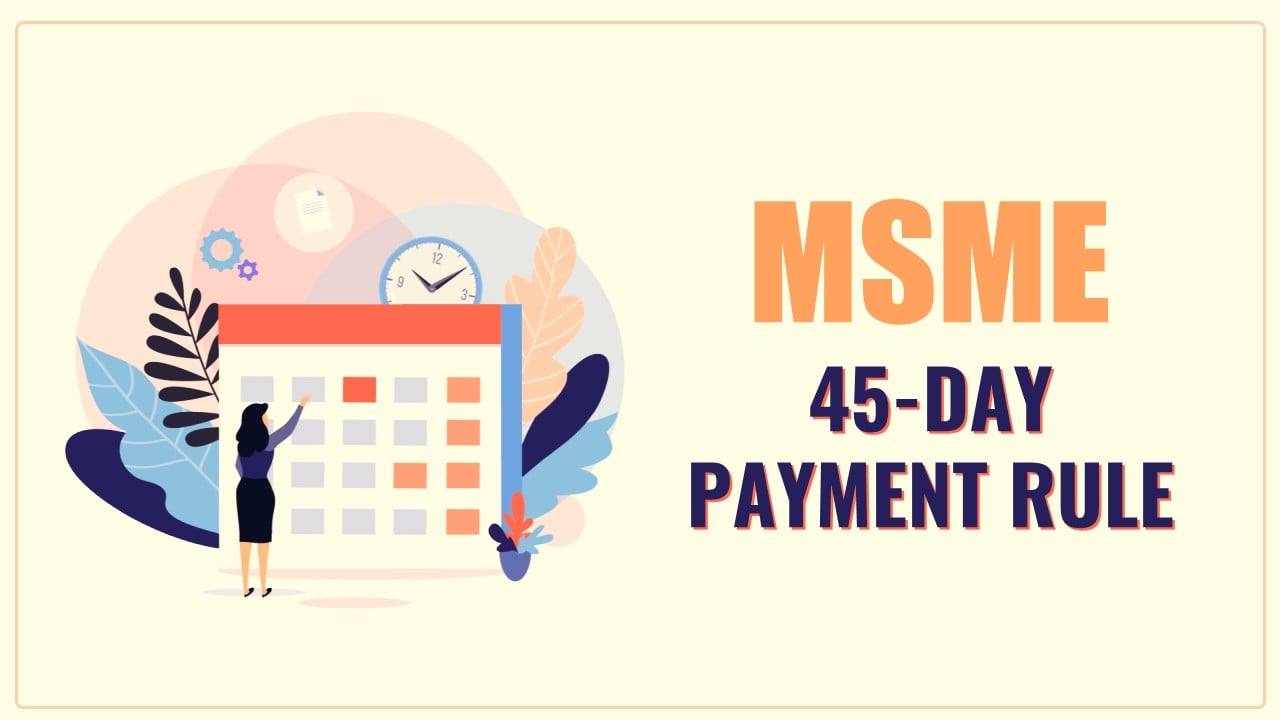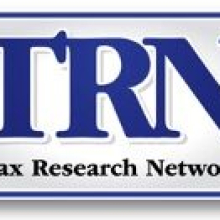Higher education has become more and more expensive each year. Fortunately, financial aid has also increased, and the best way to apply for it is to fill out the Free Application for Federal Student Aid (or FAFSA) form.
Completing the FAFSA form can open the door to over $130 billion in government student aid. The application for the 2023/2024 award year opened on October 1st. The U.S. Department of Education announced that the 2024/2025 FAFSA form will be redesigned and expected to launch in December 2023, but the Department is working to get it available as soon as possible.
In order to receive access to that student aid, you’ll need to fill out your application (which includes providing income tax information) accurately. Mistakes can be costly, so here are a few common ones that you should avoid.
Common Mistakes to Avoid When Applying for FAFSA
Not having your information when you complete your application. Make sure to have your and your parent’s income tax returns available for the most recent tax year. You can import this information directly from the IRS using the IRS Data Retrieval Tool (IRS DRT). If you or your parents have not filed your income tax return for the most recent tax year, you can make an estimate of how much you anticipate it will show, but you will need to update your application with the actual numbers after the tax returns are filed.
Inputting the wrong information. This is a common risk any time you’re completing an application, but mistakes can delay your student aid. For example, since it is a government application, you must enter your name exactly as it appears on your social security card.
Not including your parents’ information. Student applicants sometimes make the mistake of assuming that they only need to put their own information on the application if they are fully self-supporting, but that’s not how FAFSA works. You have to enter your and your parents’ information, so the FAFSA application can determine if you are a dependent or not. FAFSA uses different criteria than the IRS when determining dependency.
Not signing the application. Even if you fully and accurately complete every question on the FAFSA application, if you fail to sign the application, it won’t be delivered. This also extends to including your PIN with your application. Your parents will also need to sign the application and include their PIN as well. Failure to do either will invalidate the application.
Not obtaining a Personal Identification Number (PIN). Akin to providing inaccurate or incomplete information, some people might not obtain a PIN under the mistaken assumption that it’s not necessary. Like your official name, social security number, and accurate income information, if your PIN – and your parents’ PIN – is not included, your application will not be processed. If you don’t have a PIN or you’ve forgotten it, you can get a new one at the federal student aid PIN website.
Using Your Tax Return to Complete Your FAFSA Application
As a reminder, your application depends on your and your parent’s income information, and it needs to match what the government has on file with the IRS. Your financial information will need to come directly from your tax returns, so follow these steps to complete the FAFSA form accurately using your tax return.
You don’t need to send your tax returns. Your application requires certain information from your tax returns and your parents’ but not the tax returns themselves. However, it is possible that the school may request your tax returns so that they can verify your income information.
Use the IRS DRT whenever possible. You can use this tool as long as at least two weeks have passed since you and your parents have filed your income tax returns with the IRS. The tool can be accessed from the finance section of your application, and it will take you directly to the IRS website. There, you will provide certain information (as it appears on your tax return) that will enable you to review the tax information before it’s transferred to your application. Once you return to the FAFSA application, the financial information from your tax return will be filled in automatically. By using the IRS DRT, you eliminate the possibility of making mistakes that can cause your application to be delayed or rejected.
Use the IRS DRT if you have used estimated income. If you used income estimates on your application because you haven’t filed your income tax return or because not enough time has passed since you did, you should use IRS DRT to provide the actual numbers once they are available in the system. In order to update your financial information, go to the “Make FAFSA Corrections” tab and confirm that your taxes have been filed. You will then be directed to follow the instructions on the IRS DRT to transfer your tax information just as you would have if your returns had been filed before you applied.
Why you may not be able to use the IRS DRT. There are certain circumstances where you might not be able to use the IRS DRT tool. This can happen if you indicate that either you haven’t filed your tax return yet or you aren’t filing a tax return. You may not file your taxes if your income is under the IRS income filing requirement ($12,950 single, $25,900 married filing jointly for 2022). It can also happen if your marital status changed during the tax year or if you or your parents filed an amended tax return for the year. If any of those situations are your case, you will need to enter the financial information manually.
Keep these strategies in mind when completing the FAFSA to help the process go smoothly!












